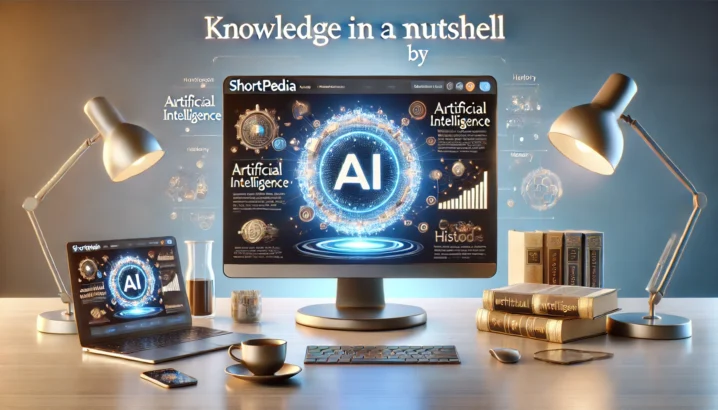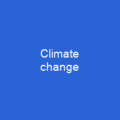The World Bank: A Pillar of Global Economic Governance
Imagine a world where countries come together to tackle poverty and promote economic development—this is precisely what the World Bank aims to achieve. Established in 1944 at the Bretton Woods Conference, this international financial institution has grown into a powerhouse of global partnerships and initiatives.
A Brief History and Mission Shifts
The World Bank was initially created to rebuild Europe after World War II. However, its mission shifted dramatically in the 1970s when it began focusing on poverty reduction in developing countries. This shift marked a significant change from its initial role of rebuilding war-torn nations.
Leadership and Structure
The World Bank is led by a president, who is traditionally chosen by the United States due to its largest shareholding. As of 2019, David Malpass took over as President, succeeding Jim Yong Kim. The bank operates in 145 countries with a total commitment of $77.1 billion in 2020.
Key Milestones and Reforms
In 1960, the International Development Association (IDA) was formed to provide soft loans to developing nations. This move marked a significant shift towards addressing poverty through financial support rather than just rebuilding infrastructure.
The period from 1974 to 1980 saw increased loan targets and expanded sectors of lending under Robert McNamara’s presidency. However, this era also witnessed rapid growth in debt for developing countries, highlighting the complexities involved in international finance.
Current Operations and Impact
The World Bank operates through two main institutions: the International Bank for Reconstruction and Development (IBRD) and the International Development Association (IDA). The IBRD has 189 member countries, while IDA has 174. Voting power is heavily weighted towards economically powerful nations like the United States, Japan, China, Germany, and the UK.
The bank’s operations are guided by a Country Assistance Strategy that works in tandem with local governments and stakeholders to address specific needs. This strategy ensures that projects align with environmental, social, and legal goals while promoting development.
Challenges and Criticisms
Despite its noble mission, the World Bank has faced numerous criticisms over the years. Critics argue that it promotes a state-dominated trade system and free market reforms that can be harmful if implemented poorly or too quickly. Additionally, there are concerns about unequal voting power and cronyism within the institution.
The bank’s response to climate change is another area of contention. While it has doubled its climate change adaptation aid, critics argue that more needs to be done to shift away from fossil fuel investments. The recent support for Kazakhstan’s decarbonization efforts is a step in the right direction but falls short of what many advocates are calling for.
Future Directions
The World Bank continues to evolve, addressing new challenges and adapting its strategies. Recent steps include appointing a new president who supports climate action and holding historic meetings that focus on operationalizing the UN Climate Change initiative.
As we move forward, it will be crucial for the World Bank to balance its economic goals with social and environmental concerns. The future of global development hinges on how effectively this institution can navigate these complex challenges.

You want to know more about World Bank?
This page is based on the article World Bank published in Wikipedia (retrieved on February 25, 2025) and was automatically summarized using artificial intelligence.





